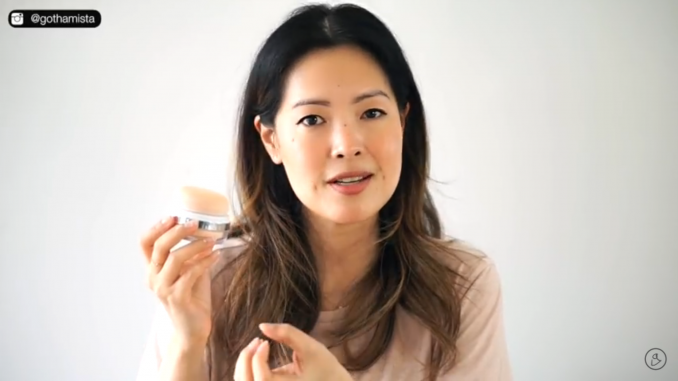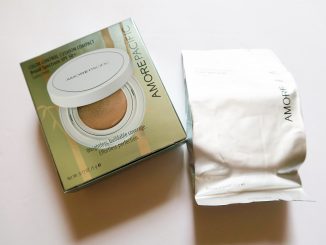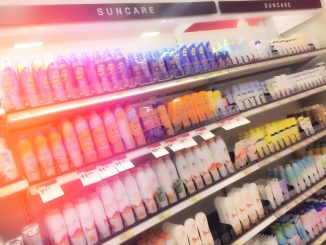
Summer is almost over. However, it does not mean we can stop applying sunscreen. Read why in detail from a blog post by Cynthia Bailey, Sebastopol, CA Dermatologist & Skin Care Expert,
Do you need sunscreen in winter or in the morning and after 4pm
We all know sunscreen comes with SPF. In case you have not heard what SPF mean, it stands for sun protection factor. It is a relative measure of how long a sunscreen will protect you from ultraviolet (UV) B rays which is the major cause of red-skin and sunburn. An article from Consumer Reports says that “UVB rays tend to damage the epidermis, skin’s outer layers, where the most common (and least dangerous) forms of skin cancer occur.”
We all also have seen a different range of SPF offered in the market. If you are still unfamiliar with that, an article posted on WebMD.com and written by Salynn Boyles says, “According to Spencer, an SPF 15 product blocks about 94% of UVB rays; an SPF 30 product blocks 97% of UVB rays; and an SPF 45 product blocks about 98% of rays. “After that, it just gets silly,” he says. Sunscreens with higher SPF ratings block slightly more UVB rays, but none offers 100% protection.”
Okay. We get it now, but what percentages shown above mean?
A research article published on Pennsylvania State University website and written by Chris Tachibana provides an easy math guideline to compute the different number on SPF. It says that sunscreen with SPF 30 would provide 30 times the protection of no sunscreen and 30 times longer before starting to burn.
The Math Formula of SPF is
30 SPF x 10 minutes = 300 minutes (5 hours)
Now, we understand, sunscreen with SPF 30 could protect us for 5 hours. SPF 15 could protect us for 2.5 hours.
However, the article says when staying outdoor, it is highly recommend to apply sunscreen every 1-2 hours regardless the number of SPF, especially when swimming and sweating a lot, suggested by Kimberly Mallett, Ph.D., a clinical director for skin cancer and alcohol projects and a research associate in the Prevention Research Center in the College of Health and Human Development.
This a great reminder from Ms. Mallett, “sunscreen can do only so much, and a big umbrella and some stylish beachwear might be your best bet. Seek shade, and wear hats and clothing if out in direct sun for prolonged periods of time. Add a pair of sunglasses (they look cool and can reduce the risk of cataracts), and you’re ready for the long, sunny days of summer.”
At last, the article brings up a serious warning. “CDC says that UV rays cause 60-90 percent of melanomas, the most dangerous type of skin cancer.”
Now onto the topic on re-applying sunscreen. This post wants to address re-applying sunscreen while makeup is already on. We love the video covering how to re-apply sunscreen by Renee of TheGothamista.com as can be viewed below. Renee covers skin care extensively. Go and subscribe to her channel at Gothamista Youtube Channel.



